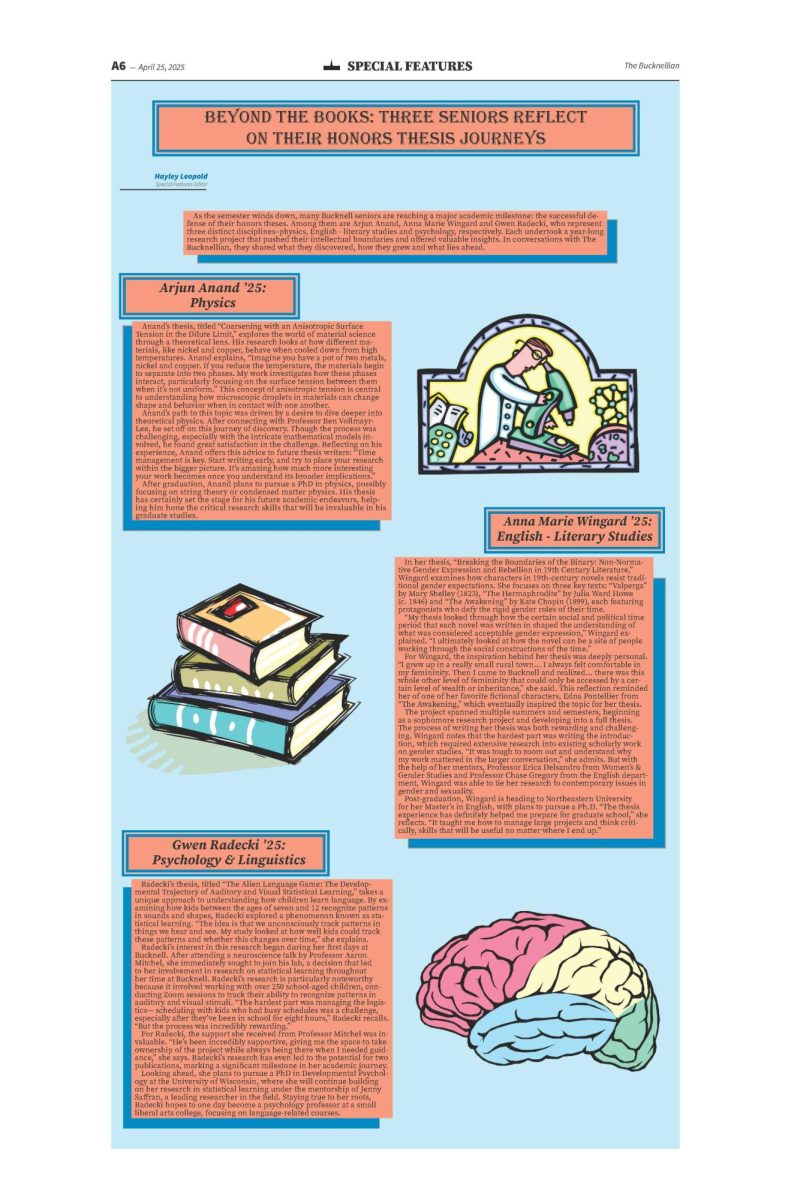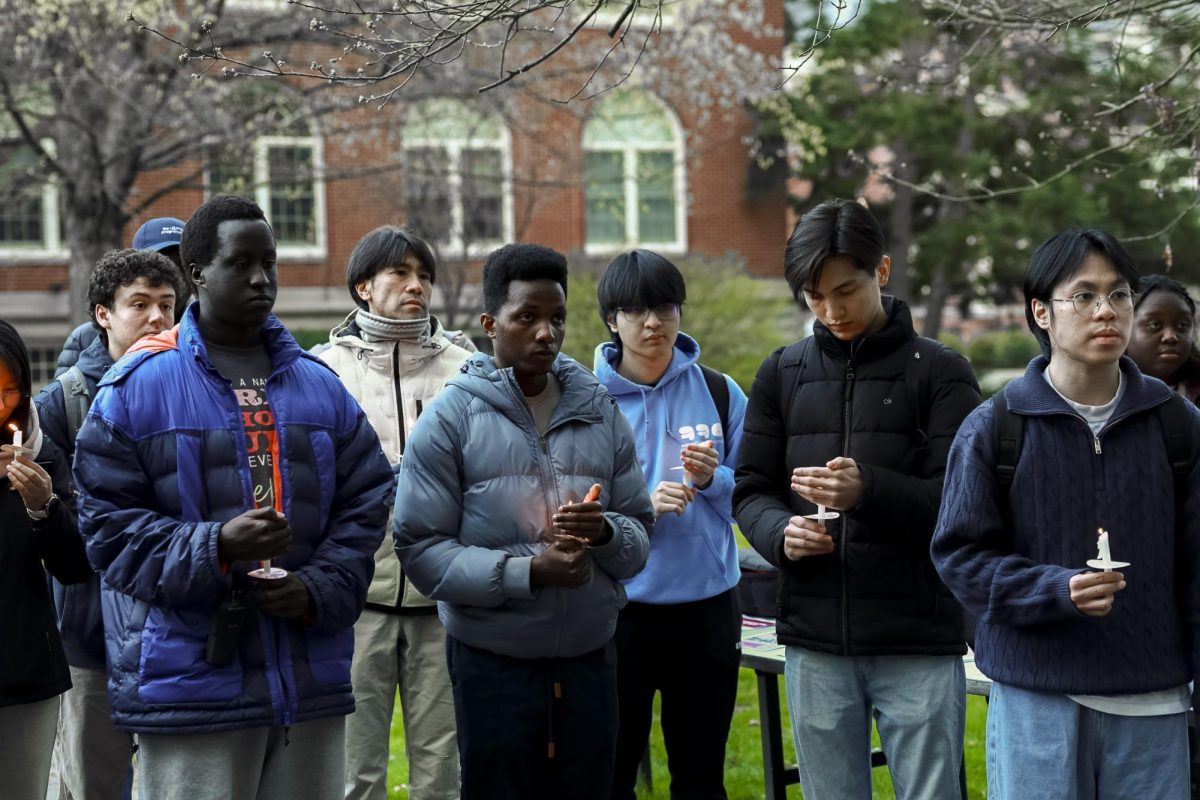New shape memory polymer developed by University Dean Patrick Mather
March 21, 2019
Dean of Engineering and Professor of Chemical Engineering Patrick Mather recently developed a novel type of shape memory polymer (SMP). An SMP is a specific type of material that can return to its original shape after an alteration and has numerous applications in the medical field. Mather’s efforts, in conjunction with five collaborators from Syracuse University, focused on creating innovative materials to improve healthcare. Their research, entitled “Enzymatically triggered shape memory polymers,” was published in “Acta Biomaterialia” in January.
This project has the possibility of facilitating the development of artificial tissues, more specifically through targeting degraded cartilage in joints. This unique creation can benefit the general public in the near future, which the team considers to be the most rewarding aspect of this project.
In order to achieve this accomplishment, the team utilized a technique called “electrospinning.” This is a sophisticated apparatus that generally uses a high-voltage electric current, which in turn draws out polymer fibers. These fibers proceed to combine together to form a fiber polymer mat. What makes these fabrics unique is their ability to shrink when heat or water are added.
According to Mather, “the best way to explain an SMP is to imagine a rubber band that you stretch and then freeze (really cold). At a cold enough temperature, the stretched rubber band remains distorted and long. However, as it thaws back to room temperature, voila! It shrinks back to its regular, rubbery shape.”
Essentially, the SMP that Mather and his team have created does not require an extra trigger, like a change in temperature in order to change shape, but instead it acts in response to cellular activity. This discovery has the capacity to significantly improve healthcare through a means of treating cancer and infections, as well as closing wounds.
“With our collaborators at Syracuse University, we hope this discovery will enable artificial cartilage for people who have worn-out knees or congenital defects. We also hope the discovery can lead to ‘patches’ that can repair damaged heart tissue or repair heart defects children are born with — so-called atrial-septal defects. But that’s a long way off,” Mather said.


























